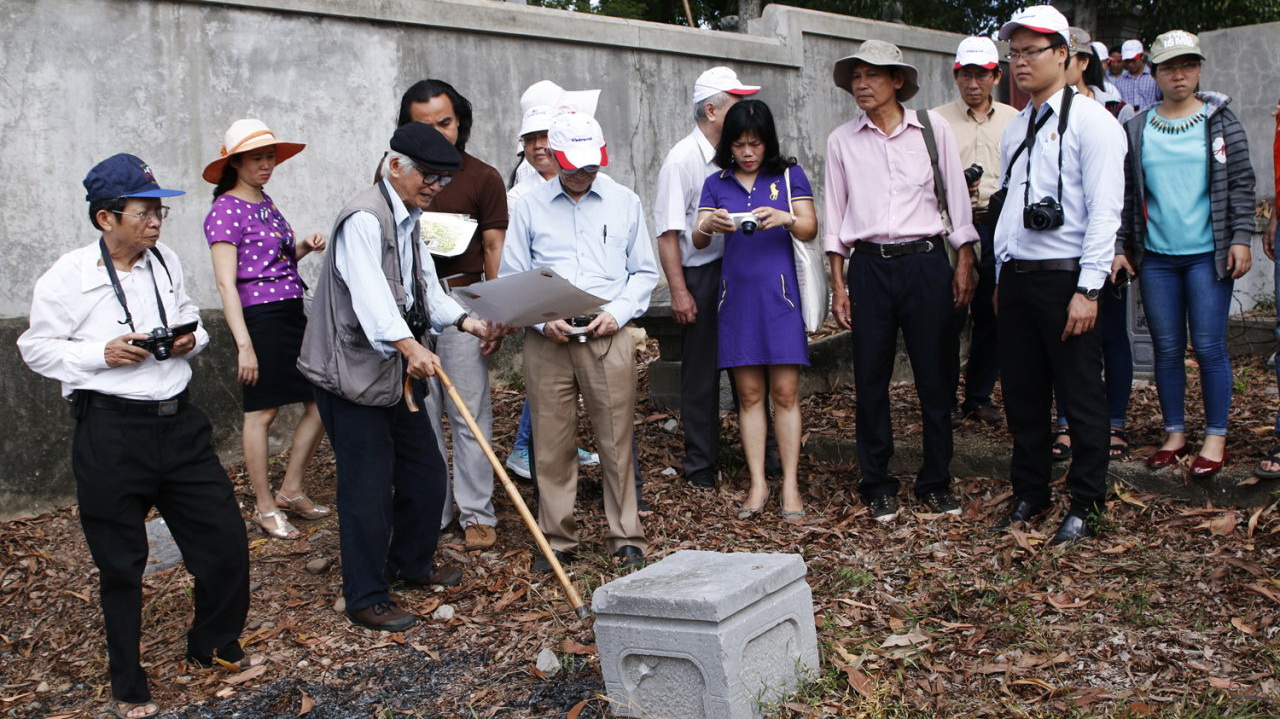An archeological exploration began on Thursday in the central city of Hue in search of the tomb of Emperor Quang Trung, who reigned over feudal Vietnam back in the 18th century.
The excavation in Hue, the capital of Thua Thien – Hue Province and the former imperial capital of Vietnam, is jointly conducted by Vietnam Institute of Archeology (VIA) and Thua Thien – Hue Museum of History.
VIA Vice President Assoc. Prof. Bui Van Liem will be in charge of overseeing the exploration.
The location of the excavation is at Duong Xuan Hill near Thuyen Lam and Van Phuong Pagodas in the city’s Truong An Ward, which is believed to have been the location of Emperor Quang Trung’s imperial palace and final resting place.
Nguyen Dac Xuan, a devoted expert in the field who has spent the last 30 years searching for the missing tomb of the Vietnamese Emperor, is the most vocal supporter of the theory.
Xuan bases his belief on the works of two 18th-century poets Ngo Thi Nham and Phan Huy Ich, who served closely under Emperor Quang Trung.
According to Xuan, the poets had mentioned a place called ‘Dan Duong imperial palace’ where Emperor Quang Trung lived and worked during his reign and which became his tomb after his death in 1792.
After several field trips, Xuan found artifacts of the palace inside the yards of Thuyen Lam and Van Phuoc Pagodas as well as in houses in the vicinity, which led him to believe that the area is the location of Dan Duong Palace.
Vietnam Ministry of Culture, Sports and Tourism in April approved requests to commence archeological exploration activities in the area with a maximum of five 22-square-meter excavations.
The team of archeologists will first open one excavation inside Thuyen Lam Pagoda to decide whether or not other excavations are needed.
Emperor Quang Trung, also known by his birth name Nguyen Hue, was among the Tay Son brothers who established the Tay Son dynasty after overthrowing the Nguyen lords in southern Vietnam with an uprising in the 1770s.

Nguyen Dac Xuan (third L) points at the stone artifacts inside Thuyen Lam Pagoda in Hue City that he believes to have been part of the Dan Duong imperial palace of Emperor Quang Trung. Photo: Tuoi Tre

An old map showing the location of Thuyen Lam (formerly Thien Lam) Pagoda (red), where excavations commenced on October 6, 2016. Photo: Courtesy of Truong Dac Xuan
Like us on Facebook or follow us on Twitter to get the latest news about Vietnam!

















































